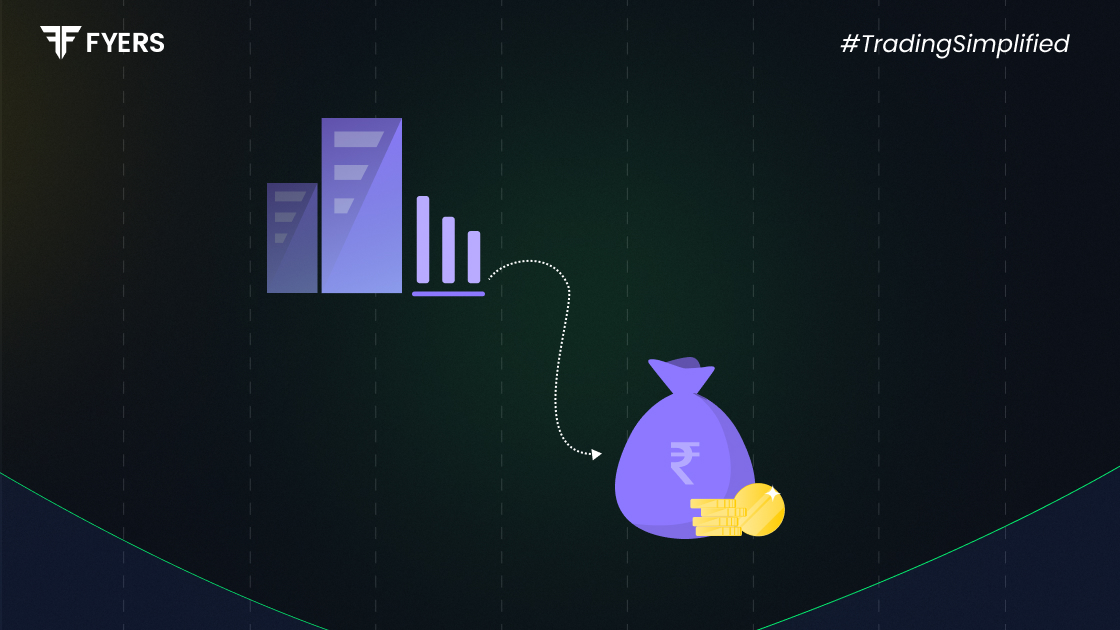

 17 Jul, 2025
17 Jul, 2025
 4 mins read
4 mins read

In the world of finance, liquidity is one of the most vital concepts. Whether you're managing personal finances, running a business, or analysing a company’s health, understanding liquidity helps you assess how quickly assets can be converted into cash without a significant loss in value.
In this blog, we will explore what liquidity means, why it's important, the types of liquid assets, methods to measure it, and real-world examples.
Liquidity refers to how easily and quickly an asset can be converted into cash without affecting its market price. Cash is considered the most liquid asset, while properties or specialised equipment are less liquid because they take longer to sell and may require a price discount.
In finance, liquidity is also used to assess the ability of a company or individual to meet short-term financial obligations.
Liquidity is crucial for both individuals and businesses. Here’s why:
Financial Flexibility: Liquid assets ensure you can cover unexpected expenses or emergencies.
Business Continuity: Companies with sufficient liquidity can pay off short-term liabilities and continue operations smoothly.
Investor Confidence: Investors prefer investing in stocks or securities that are easy to buy or sell.
Crisis Management: Liquidity helps in dealing with economic shocks or cash flow disruptions.
Creditworthiness: Lenders assess liquidity before granting loans, as it indicates repayment capacity.
Without adequate liquidity, even profitable businesses can face solvency issues.
Liquid assets are assets that can be quickly converted into cash with little or no loss in value. Some common types include:
Cash and Cash Equivalents
Currency, bank account balances
Demand deposits and savings accounts
Marketable Securities
Stocks listed on recognised exchanges
Government bonds and Treasury Bills
Mutual Funds and ETFs
Especially those that can be redeemed within a short time frame
Receivables
Accounts receivable due within a short term (though not as liquid as cash)
Precious Metals
Gold and silver are liquid but may face slight price variation at the time of sale
Assets like real estate, vehicles, or long-term investments are considered less liquid due to the time and effort required to sell them.
Liquidity can be measured using several financial ratios, especially in business and investment analysis.
Current Ratio = Current Assets ÷ Current Liabilities
Indicates the company’s ability to cover its short-term liabilities with its short-term assets.
A ratio above 1 is generally considered healthy.
Quick Ratio = (Current Assets – Inventory) ÷ Current Liabilities
A stricter measure than the current ratio.
Excludes inventory as it may not be quickly converted to cash.
Cash Ratio = (Cash + Cash Equivalents) ÷ Current Liabilities
Most conservative liquidity measure.
Only considers cash or near-cash assets.
Ensures financial institutions hold enough high-quality liquid assets to cover net cash outflows for 30 days.
These ratios help assess a company’s short-term financial health and its capacity to manage obligations.
Here are a few scenarios to understand liquidity better:
Riya has ₹50,000 in a savings account (very liquid), ₹1 lakh in mutual funds (moderately liquid), and a house worth ₹60 lakh (illiquid).
In an emergency, she can access the savings instantly and liquidate mutual funds within a few days, but selling the house could take months.
XYZ Ltd. has current assets worth ₹5 crore and current liabilities of ₹3 crore.
Current Ratio = 5 ÷ 3 = 1.67, which indicates good liquidity.
Shares of large-cap companies like Reliance or TCS are more liquid than small-cap stocks due to higher trading volumes.
These examples show how liquidity varies across asset types and situations.
Liquidity is a cornerstone of sound financial planning and business management. It ensures that you can meet financial needs without stress, whether it’s paying bills, covering emergencies, or capitalising on new opportunities. While investing, always maintain a balance between liquid and long-term assets to stay financially secure and flexible.
By understanding and measuring liquidity, individuals and businesses can make better financial decisions and avoid unnecessary risks.
Liquidity in finance refers to how quickly and easily an asset can be converted into cash without significantly affecting its value.
What are the types of liquidity?
Liquidity can be categorised as:
Liquidity is typically measured using ratios such as the current ratio, quick ratio, and cash ratio, which compare liquid assets to liabilities.
Liquidity risk refers to the risk that an individual or organisation may not be able to meet short-term financial obligations due to insufficient liquid assets or inability to convert assets into cash quickly.
Calculate your Net P&L after deducting all the charges like Tax, Brokerage, etc.
Find your required margin.
Calculate the average price you paid for a stock and determine your total cost.
Estimate your investment growth. Calculate potential returns on one-time investments.
Forecast your investment returns. Understand potential growth with regular contributions.